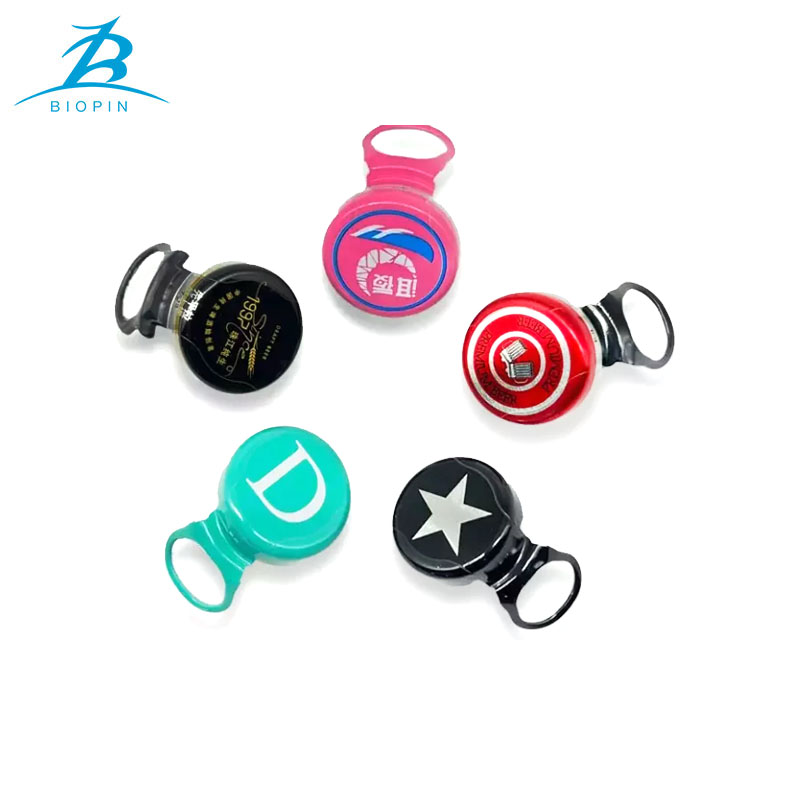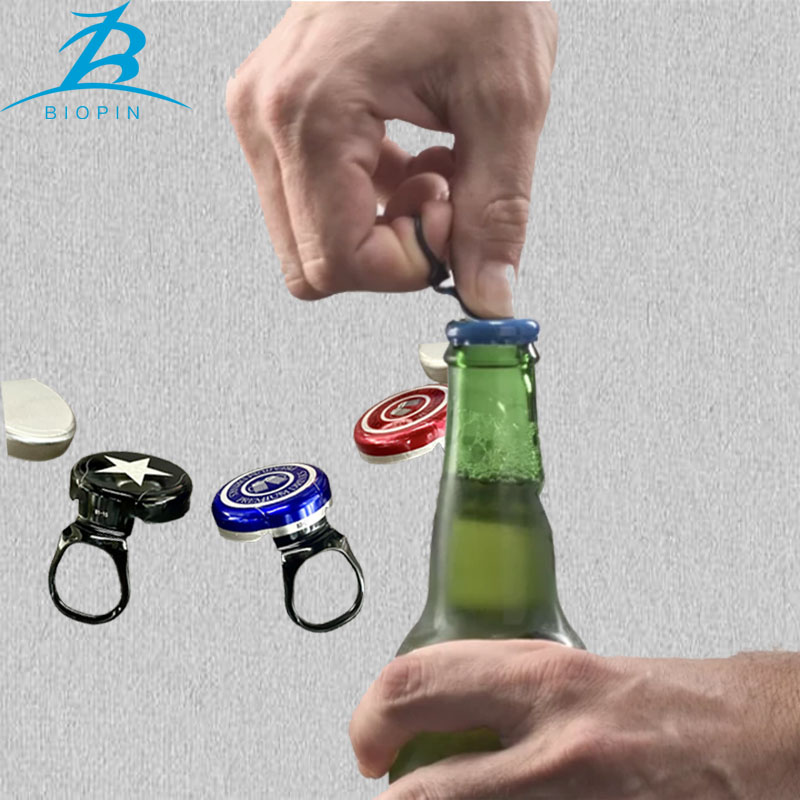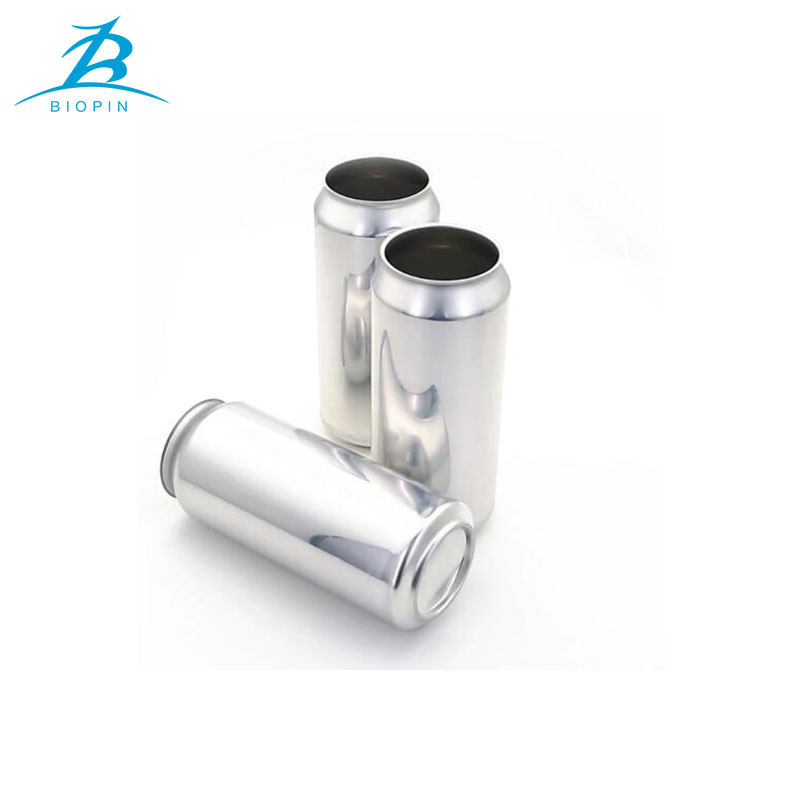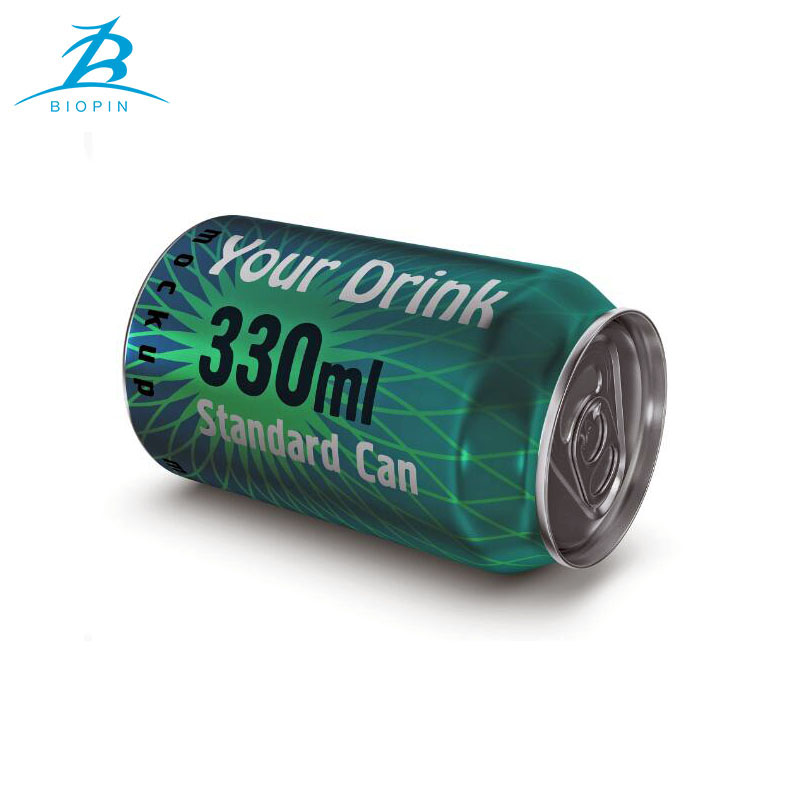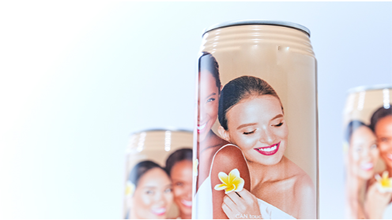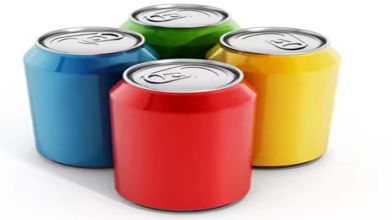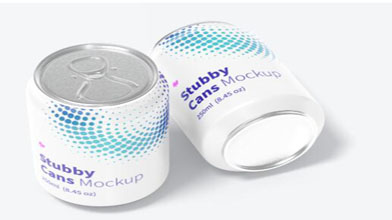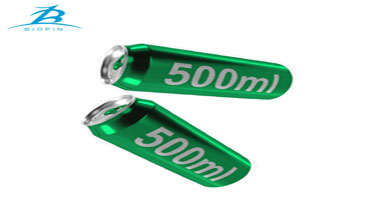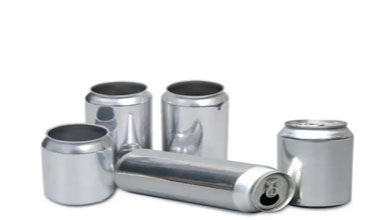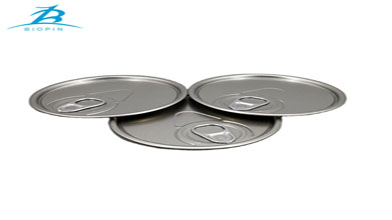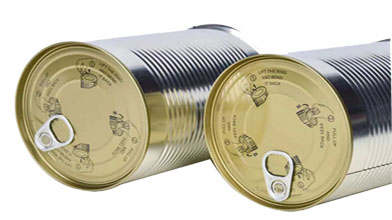Why many kinds of food cans use tinplate lids
Oct 12, 2024
When it comes to food packaging, the choice of materials plays a crucial role in preserving quality and ensuring safety. One common material used for food can lids is tinplate. In this blog, we will explore the reasons why many food cans utilize tinplate lids and the benefits they provide.
1. Excellent Barrier Properties
Tinplate is renowned for its excellent barrier properties. It effectively protects the contents of the can from external factors such as light, air, and moisture. This barrier is essential for preserving the freshness, flavor, and nutritional value of food products. By preventing oxidation and contamination, tinplate lids help extend the shelf life of canned goods, making them safer and more appealing to consumers.
2. Corrosion Resistance
One of the significant advantages of tinplate is its resistance to corrosion. Although tinplate is made from steel, it is coated with a thin layer of tin that acts as a protective barrier. This layer prevents rust and corrosion, ensuring that the lid remains intact and does not affect the food inside. This property is particularly important for canned foods, which may contain acidic ingredients that could otherwise corrode metal lids.
3. Strength and Durability
Tinplate lids are strong and durable, capable of withstanding the rigors of transportation and handling. Their robust nature ensures that they maintain their shape and integrity during the canning process and throughout the product's lifecycle. This durability reduces the risk of leaks or contamination, making tinplate lids a reliable choice for food packaging.
4. Ease of Manufacturing
The manufacturing process for tinplate is well-established and efficient. It can be easily shaped and formed into various lid designs, including easy-open and resealable options. This versatility allows manufacturers to create lids that cater to different types of food products and consumer preferences, enhancing the overall user experience.
5. Recyclability
Sustainability is an increasingly important consideration in food packaging. Tinplate is highly recyclable, making it an environmentally friendly choice. When consumers dispose of tinplate lids, they can be recycled alongside other metals, reducing the overall environmental impact. This recyclability aligns with the growing demand for sustainable packaging solutions.
6. Cost-Effectiveness
Tinplate is generally cost-effective compared to other materials. Its affordability, combined with its superior protective qualities, makes it an attractive option for food manufacturers. By using tinplate lids, companies can keep production costs low while ensuring high-quality packaging for their products.
7. Consumer Convenience
Many tinplate lids are designed for convenience, such as easy-open mechanisms that allow consumers to access the food quickly and effortlessly. This user-friendly feature enhances the overall experience for consumers, making canned foods more accessible and appealing.
The use of tinplate lids for food cans is driven by a combination of factors, including excellent barrier properties, corrosion resistance, durability, ease of manufacturing, recyclability, cost-effectiveness, and consumer convenience. As food packaging continues to evolve, tinplate remains a reliable and practical choice that meets the needs of both manufacturers and consumers. With its many advantages, it’s clear why tinplate lids are a staple in the food canning industry.
